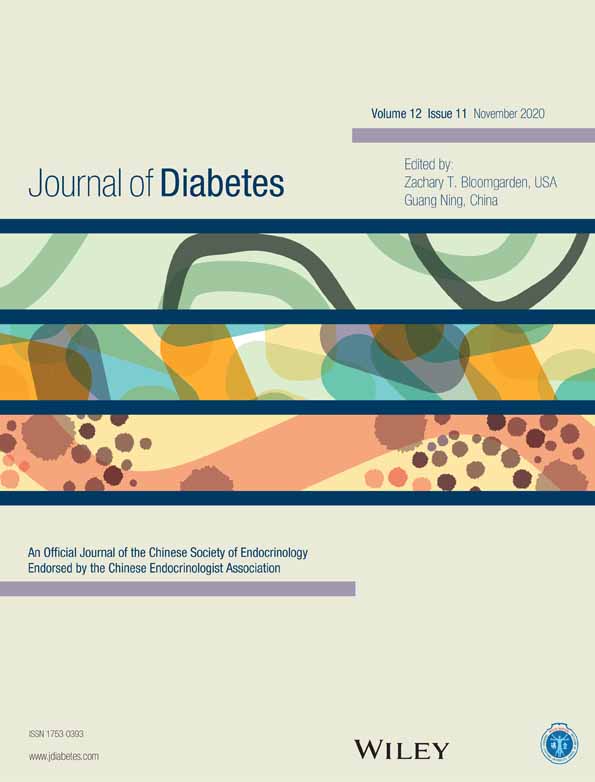Use of the 50-g glucose challenge test to predict small-for-gestational-age neonates
50 g葡萄糖负荷试验在预测小于胎龄儿中的应用
Funding information: Hacettepe University
Abstract
enBackground
To determine a cutoff value for the 50-g glucose challenge test (50-g GCT) for the prediction of small-for-gestational-age (SGA) neonates.
Methods
This retrospective cohort study was conducted among pregnant women who were screened with the 50-g GCT at Hacettepe University Hospital between 1 January 2016 and 31 March 2019. Patients with 50-g GCT values <74 mg/dL (<10th percentile) served as the study group (n = 244), while patients with 50-g GCT values between 74 to 139 mg/dL served as the control group (n = 3104). Groups were compared in terms of demographic features, clinical characteristics, and obstetric outcomes. Logistic regression analysis was used to determine independent predictors of SGA. Receiver operating characteristic curves were used to assess the performance of 50-g GCT values in predicting SGA.
Results
Lower birthweight, birthweight percentile, and 5th-minute Apgar values, together with higher rates of SGA, were observed in the study group (P < .001 for all). A 50-g GCT value below the 10th percentile (odds ratio: 3.29, 95% CI: 2.31-4.69, P < .001) was a significant independent factor for SGA. A cutoff value of 89.5 mg/dL (84.9% sensitivity, 85.6% specificity) was determined for SGA.
Conclusions
Low 50-g GCT values (<89.5 mg/dL) may be an early indicator for SGA.
摘要
zh背景
为了明确50 g葡萄糖激发试验(50-g GCT)在预测小于胎龄(small-for-gestational-age, SGA)新生儿中的临界值。
方法
这项回顾性队列研究是2016年1月1日至2019年3月31日期间在哈特泰普大学医院(Hacettepe University)接受50-g GCT筛查的孕妇中进行的。将50-g GCT<74 mg/dl(<第十百分位数)的患者作为研究组(n=244), 将50-g GCT值在74~139 mg/dl之间的患者作为对照组(n=3 104)。在人口统计特征、临床特征和产科结局方面对各组进行比较。采用logistic回归分析确定SGA的独立预测因素。受试者操作特征曲线用于评估50-g GCT值预测SGA的性能。
结果
研究组观察到实验组中存在较低的出生体重、出生体重百分位数、5分钟时的Apgar评分以及较高的SGA发生率(均P<0.001)。低于第10百分位数的50-g GCT值是SGA的重要独立因素(优势比:3.29, 95% CI 2.31~4.69, P<0.001)。SGA的临界值为89.5 mg/dl(敏感度84.9%, 特异度85.6%)。结论 低50-g GCT值(<89.5 mg/dl)可能是SGA的早期指标。
CONFLICT OF INTERESTS
The authors state that they have no conflict of interest in this study.




